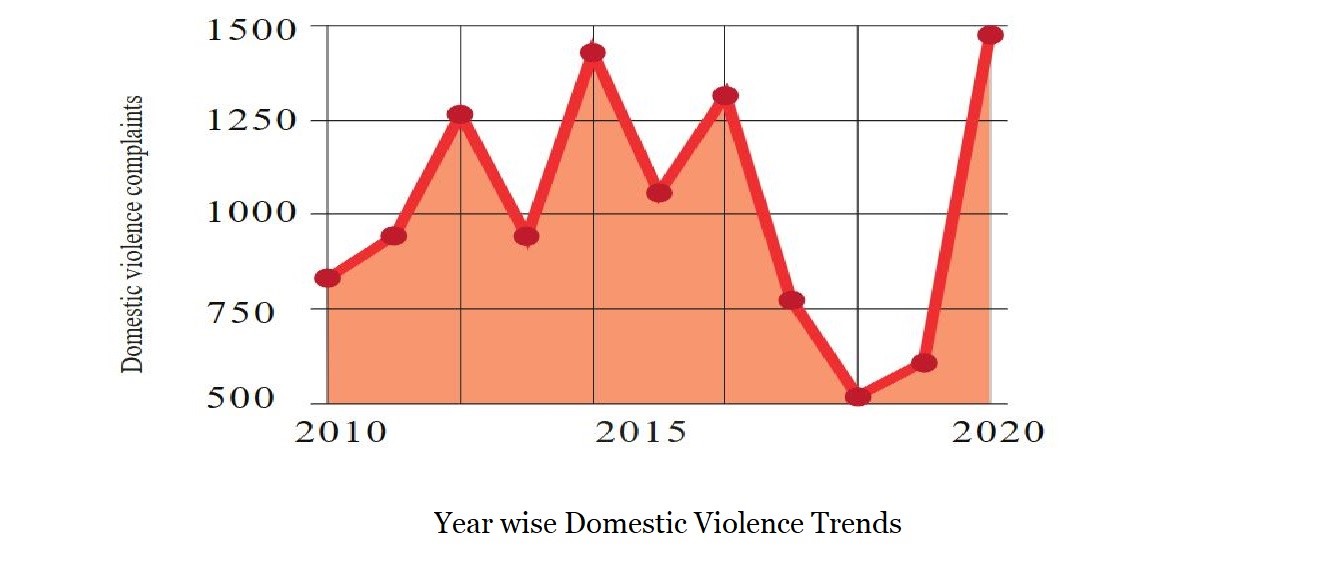7667766266
enquiry@shankarias.in
A new study published in JAMA Psychiatry has found that the environmental risks of climate change are worsening social hazards, such as domestic violence.
Types of IPV

Violence has been witnessed in Sundarbans due to family fragmentation, stress, a loss of livelihoods and support networks and disruption of social norms.
Gujarat has launched the world’s first heat insurance scheme which offers a small pay out to women to compensate for lost income when temperatures differ.
References